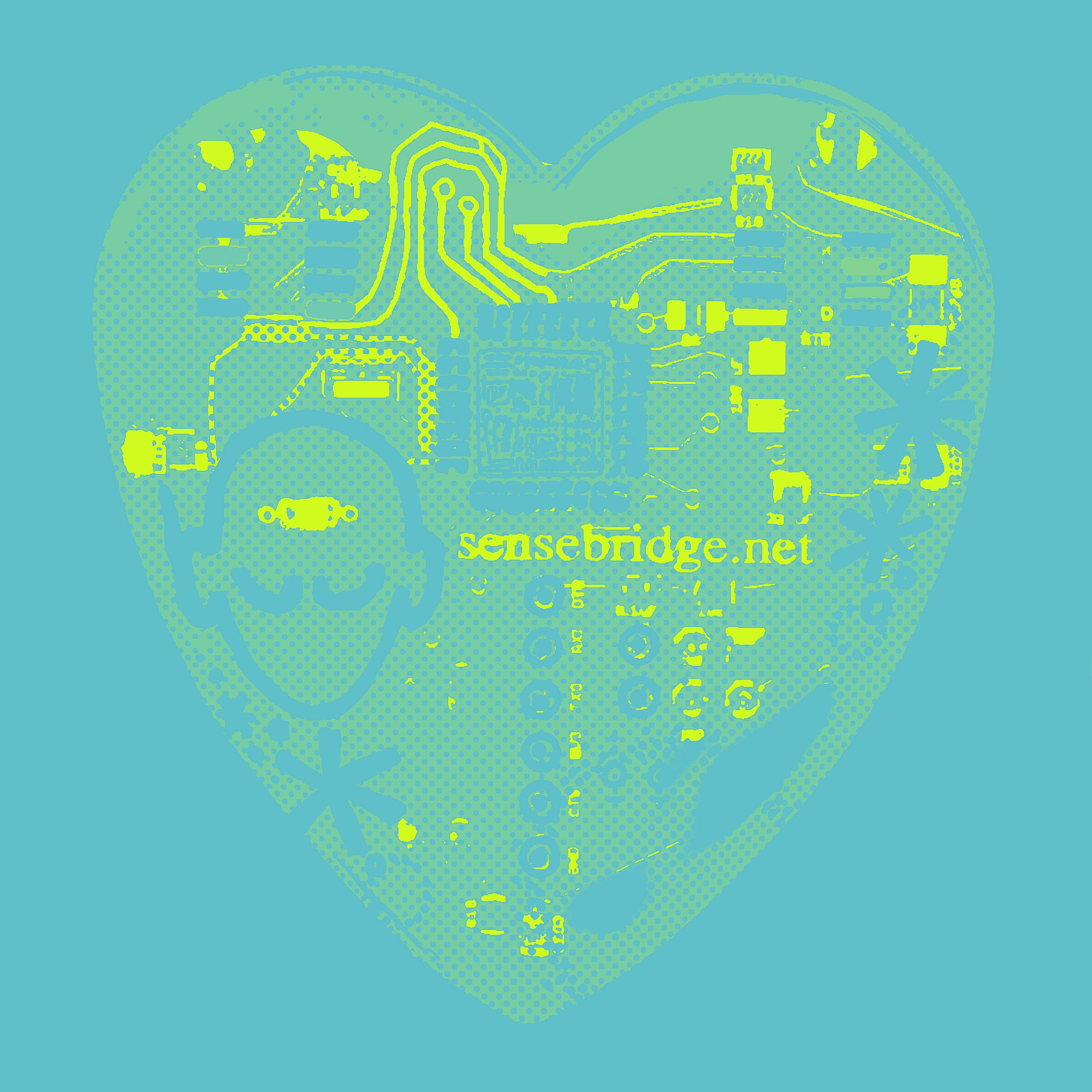the time of ever-growing technology, artificial intelligence has gained traction not for its problem-solving abilities, but now, it has ventured into the creative sphere, ultimately forcing us to rethink the value of human authenticity and creativity. Considering how art is a reflection of the humanities, this prompt raises a cultural debate: how should we deal with art that is artificially made?
10. APRIL. 2025 Artificial Intelligence (AI) has rapidly evolved from a niche technological advancement to a pervasive force reshaping various facets of human life. Its influence spans from creative industries to personal relationships, prompting both excitement and concern. As AI’s capabilities expand, discussions about its potential to replace humans in roles in art, employment, and even companionship have become increasingly pertinent.
Imagine typing a description like “a futuristic city at sunset” and instantly seeing a detailed image that perfectly matches your vision. That’s the magic of DALL·E 3. Building on its predecessors, DALL·E 3 turns text into vivid visuals, offering enhanced understanding and intricate details that were once thought impossible. With its integration into conversational platforms like ChatGPT, it empowers users to tweak and refine images interactively. This seamless blend of language and visual creation is making waves in both tech and art communities.
Art has always been about human expression—emotions, personal experiences, and a unique touch that comes from living. Critics argue that AI art, though beautiful, lacks the soul that only human creativity can provide. They worry that as AI becomes more widespread, we might lose that deeply personal connection that makes art so meaningful.
AI systems learn from vast datasets of existing artwork. While this enables them to mimic popular styles, it can also lead to a sameness in aesthetics. The fear is that if AI-generated art dominates, we could end up with a flood of similar-looking works, stifling diversity and pushing innovative, experimental art to the sidelines.
The ease and speed with which AI can create art raises a serious issue: the devaluation of original, human-made pieces. If AI art saturates the market, it might become harder for traditional artists to gain recognition and fair compensation. The global generative AI in the creative industries market was valued at $1.7 billion in 2022 and is projected to reach $21.6 billion by 2032, growing at a compound annual growth rate (CAGR) of 29.6%. This rapid growth highlights a shift in how we define artistic value—where creativity is no longer exclusive to humans but can be enhanced, or even generated, by machines.
The integration of AI into the workforce has led to significant shifts across multiple sectors; Studies indicate that AI and automation could displace between 400 million and 800 million individuals globally by 2030. Concurrently, new roles are expected to emerge, potentially offsetting job losses.
AI’s reach isn’t limited to the workplace. The concept of AI companions is gaining traction, with robots being designed to provide companionship and even emulate human relationships. The film “Companion” (2025) delves into this theme, exploring the dynamics between humans and AI partners.
In popular culture, instances like Kim Kardashian’s photoshoot with Tesla’s Optimus robot for Perfect Magazine highlight the growing intersection of AI and human interaction. The shoot, which featured intimate poses with the humanoid robot, sparked discussions about the societal implications of human-robot relationships.
However, if you ask the other side, they’d argue that AI isn’t a replacement for the human touch but rather an extension of it. Much like a paintbrush or a digital tablet, AI can be seen as another tool in the creative toolkit. It can help artists overcome creative blocks, experiment with new styles, and even blend different artistic traditions in innovative ways.
AI is making its mark in the film industry, from scriptwriting to post-production. The film Sunspring was entirely written by an AI, showcasing the potential of machines to craft coherent narratives. In Dune: Part Two, the production team faced the challenge of depicting the Fremen’s distinctive “blue-in-blue” eyes. They developed a machine learning model trained on hundreds of eye shots from the first film. This AI algorithm could automatically detect human eyes in footage and generate detailed mattes for different parts of the eye, which were then used to apply the blue tint accurately and consistently across numerous scenes. Another groundbreaking application is Google’s AI-enhanced version of the 1939 classic The Wizard of Oz for the Las Vegas Sphere. Collaborating with Sphere Entertainment, Warner Bros. Discovery, and Magnopus, Google employed advanced AI models like Veo 2, Imagen 3, and Gemini to upscale the film’s resolution and expand scenes beyond their original frames. This involved AI-driven “super resolution” to enhance image quality, “outpainting” to extend visuals, and “performance generation” to integrate characters seamlessly into the expanded scenes.
In music, a notable example is The Beatles’ song “Now and Then,” which utilized AI to isolate and enhance John Lennon’s vocals from a 1970s demo. This allowed Paul McCartney and Ringo Starr to complete the track, resulting in a Grammy win for Best Rock Performance in 2025. This achievement marked the first time an AI-assisted song received such recognition.
Every major technological shift—be it photography, digital design, or even the printing press—was initially met with resistance. Over time, these tools have become integrated into the creative process, enhancing rather than replacing traditional methods.
Just as artists have embraced new technologies in the past, future advancements will likely enhance our creative capabilities even further. AI may offer tools that not only generate art but also help in curating, analyzing, and preserving creative works in novel ways.
In conclusion, the future of AI in art, employment, and personal relationships is a mix of promise and challenge. While the potential for collaboration and expanded horizons is exciting, it’s crucial to find a balance where technology acts as an enabler of human potential, not a replacement.



